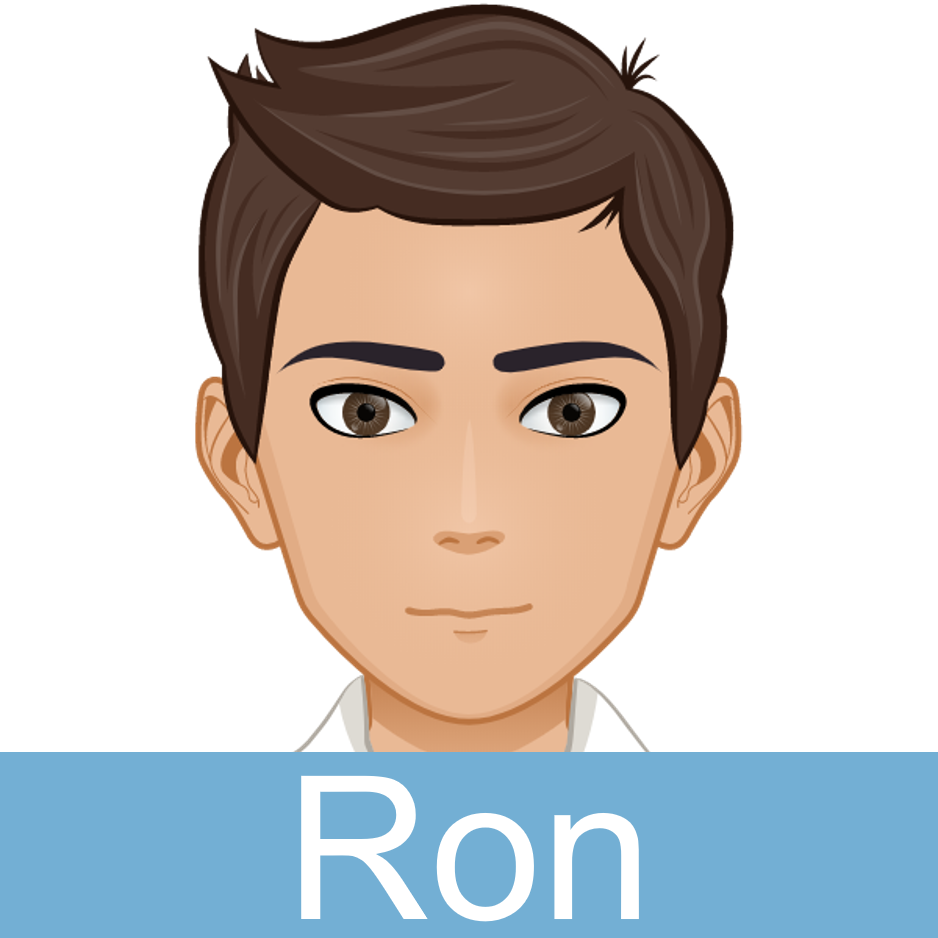PART A_1
Let’s learn new vocabulary. Listen and repeat these words with your tutor.
PART A_2
| 1. confine 限る、制限する、閉じ込める | |
| The virus must be confined within the area. | |
| 2. core 芯、核心 | |
| The core of the office issue is the management’s failure to heed the worker’s demands. | |
| 3. venture 投機的企業、ベンチャー | |
| The company ventured into the clothing business in order to expand its reach. | |
| 4. cut corners 手を抜く | |
| If we want to ace this research, no one should cut corners. | |
| 5. go back to the drawing board 計画の振り出しに戻る、最初から練り直す | |
| If we commit even just one miscalculation, all of us will have to go back to the drawing board. | |
PART A_3
Let’s make sentences using the vocabulary we’ve just learned.
PART A_4
| 1. confine | |
| Answer: | |
| 2. core | |
| Answer: | |
| 3. venture | |
| Answer: | |
| 4. cut corners | |
| Answer: | |
| 5. go back to the drawing board | |
| Answer: | |
PART B_1
Let’s read the dialogue. I will play Ron and you will play Emma. Then, we’ll switch roles.
PART B_2

Have you seen the prototype robot stored in the engineering department?
|
|
Yes, I have. How does that robot function?
|

I am not super sure as to the specifics but the core idea of it is to reduce manpower and to increase productivity.
|
|
Really? I think it is good that the company is trying to venture into such.
|

I think so, too. I really think the robot will be able to increase efficiency here in the plant.
|
|
However, they should also be cautious as to the operation and
testing of that prototype as we are still confined with the data available from other scientific institutes.
|

I agree. I heard that the team is really working hard in conducting the tests as they want its operation to run smoothly.
|
|
If that is the goal, no one should cut corners.
|

The robot will be really advantageous to the company and us employees as long as it will operate as planned by the management.
|
|
I agree with what you just said. Everyone in the team should really
be careful in doing their parts in order to avoid any major problems with the robot.
|

Yes. If that happens, they will have to go back to the drawing board and it may even defeat the purpose which the robot is trying to achieve.
|
PART C_1
Please summarize the conversation using your own words and expressions.
PART C_2
PART D_1
Fill in the blanks and complete the conversation.
PART D_2
| 1. | A: I am worried about the current Covid situation in the community. B: Yes, let’s just hope that the authorities will be able to _________ it within the community. |
| 2. | A: How do you think we can resolve this issue? B: If we really want this to be resolved, the _______ of it must be addressed. |
| 3. | A: I want to expand my clothing business in order to cater to other people’s wants. B: Maybe you should ___________ into shoe business which can be stationed in the same shop. |
| 4. | A: Why was she fired from work? B: The boss fired her because she __________ and it was unjustifiable. |
| 5. | A: What are we going to do if this plan of us did not work? B: We have no choice but to _______________________. |
PART E_1
Let’s do a roleplay. Talk with me according to the situation below, using the expressions you just learned.
PART E_2
Your company is planning to acquire a robot which will serve as the receptionist in the office lobby. Your friend is doubtful as to the consequences of having a robot. Try to give her the benefits which the robot may give to the company.
PART E_3
REVIEW AND FEEDBACK
Now, let us review the things that you learned in this lesson.
ではこのレッスンで学んだことを振り返りましょう。
(Please give a short feedback on how your student did on your class.)
| Grammar 文法 |
Pronunciation 発音 | Vocabulary 単語 |
Comprehension 理解 |
|
|---|---|---|---|---|
 GOOD GOOD |
文法の誤りはほとんどなく、完全な文章で話すことができる | ほとんどの単語をはっきりと正しく発音することができる | 習った表現を適切に使うことができる | 文章を理解し、質問に正しく答えることができる |
 FAIR |
文法の誤りはあるが、完全な文章で話すことができる | 発音の練習が必要な言葉がいくつかある | たまにミスはあるが、習った表現を適切に使うことができる | 文章を完全に理解するのは難しく、質問に正しく答えられないときもある |
 POOR |
文章で話すのは難しく、単語だけで話すことができる | 発音の練習が必要である | 習った単語と表現を少しだけ使うことができる | 文章を理解するのは難しく、質問に答えるのは難しい |
